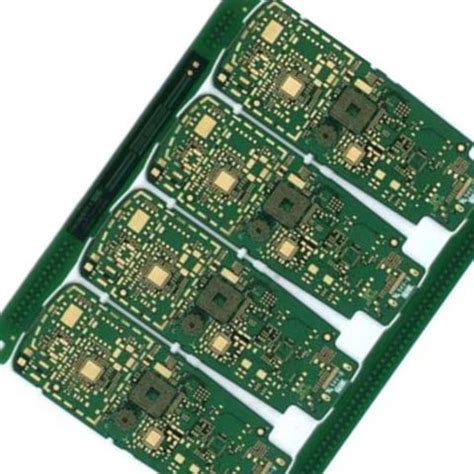
What is the frequency of FR4?
Understanding FR4 FR4 is a composite material made from woven fiberglass fabric impregnated with an epoxy resin. The “FR” in FR4 stands for “Flame Retardant,”[…]
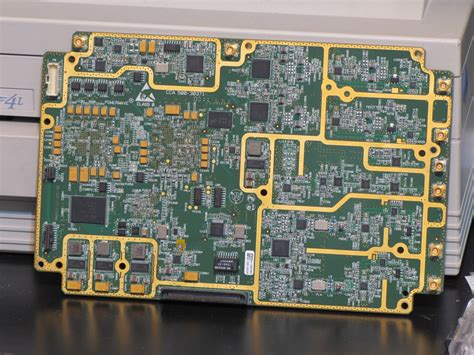
What is RF signal in PCB?
Introduction to RF-PCB Radio Frequency (RF) signals are electromagnetic waves that propagate through space and are used for wireless communication. In the context of Printed[…]
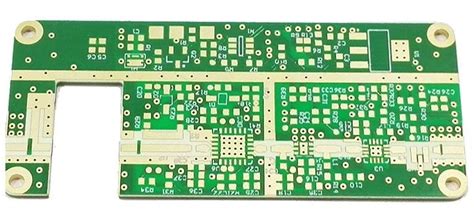
What is the frequency range of a high speed PCB?
Introduction to High Speed PCBs and Frequency High speed printed circuit boards (PCBs) are designed to operate at high frequencies, enabling faster data transmission and[…]

What is PTFE laminate?
What is PTFE? PTFE, commonly known by the brand name Teflon, is a synthetic fluoropolymer of tetrafluoroethylene. It is a highly stable and inert material[…]
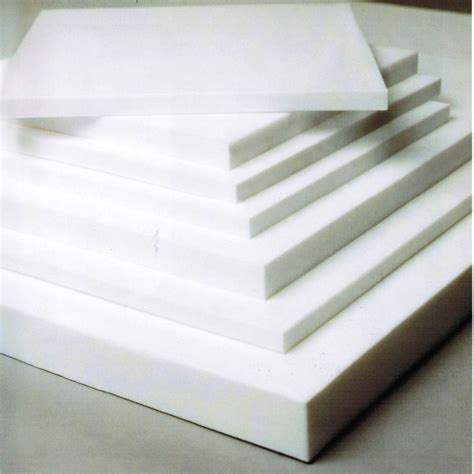
What is the PTFE material?
Introduction to PTFE material PTFE, or polytetrafluoroethylene, is a synthetic fluoropolymer known for its exceptional properties, including low friction, high thermal stability, and excellent chemical[…]

What is PTFE Teflon PCB?
Table of Contents Introduction to PTFE Teflon Properties of PTFE Teflon PCBs Benefits of Using PTFE Teflon PCBs Applications of PTFE Teflon PCBs Manufacturing Process[…]
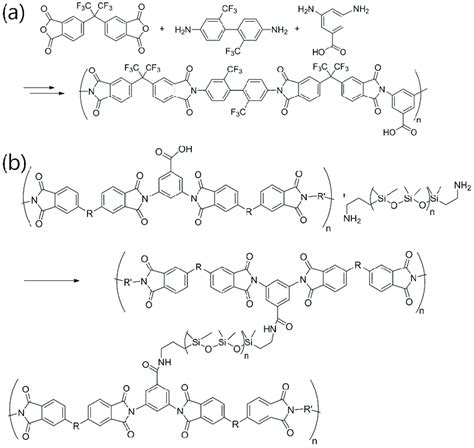
What are the disadvantages of polyimide?
Keyword: Polyimide Disadvantages High Cost One of the primary disadvantages of polyimide is its high cost compared to other polymers. The raw materials used in[…]
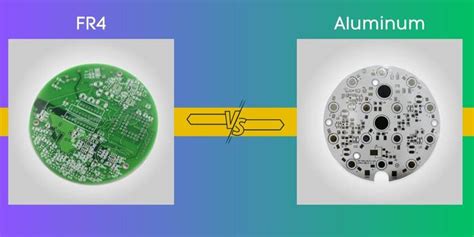
What is the difference between FR4 and polyamide?
What is FR4? FR4 (Flame Retardant 4) is a composite material composed of woven fiberglass cloth with an epoxy resin binder. It is the most[…]
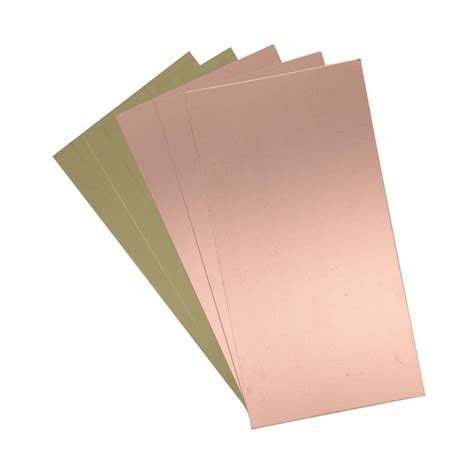
What does the FR stand for in FR4?
What is FR4? FR4 is a composite material that consists of a flame-retardant epoxy resin reinforced with woven fiberglass. The material is created by impregnating[…]

What is the composition of FR4 laminates commonly used as base materials in PCBS?
Understanding the Components of FR4 Laminates FR4 laminates consist of two main components: fiberglass cloth and epoxy resin. Let’s explore each of these components in[…]